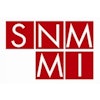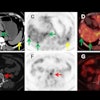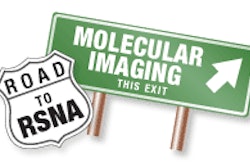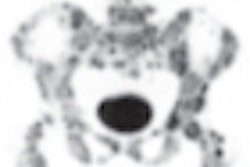Monday, November 26 | 11:00 a.m.-11:10 a.m. | SSC13-04 | Room S505AB
PET/MRI showed superior lesion detectability compared to contrast-enhanced PET/CT in this study from King Fahad Specialist Hospital in Dammam, Saudi Arabia. Based on the results, researchers concluded that PET/MRI may be useful for abdominal lesion staging while sparing patients from contrast media."PET/MRI is a modality that adds to the power of molecular imaging by joining MRI and PET functional and metabolic information at the same time," said lead study author Dr. Yasser Assiri, a radiologist in the hospital's medical imaging department."It is a very promising tool and has a very high potential in giving many answers [that are] difficult to have by conventional methods."
The study included 10 men and 11 women (mean age, 59.5 years) with suspected abdominal metastases from various primary cancers, such as lung, breast, and melanoma, who were referred for contrast-enhanced PET/CT. A PET/MRI scan also was performed with a PET/CT-MRI system.
All lesions were compared in terms of detection rate, conspicuity, and if there was a change in N or M stage.
A total of 28 liver lesions were detected (20 PET-positive, 8 FDG-negative), as well as 14 extrahepatic lesions (pleura, stomach, spleen, peritoneum, abdominal wall, and bone).
Mean conspicuity for contrast-enhanced PET/CT was significantly different when compared with T1-weighted MRI. PET/MRI detected 68% of liver lesions with greater than 75% lesion definition, compared with only 11% of liver lesions on contrast-enhanced CT.
"The first step in management is proper diagnosis," Assiri added. "Therefore, having a powerful tool joining different diagnostic abilities in one-time scanning enhances the chance of having the proper and best diagnosis possible [and] having a clear impact on patient management."



















